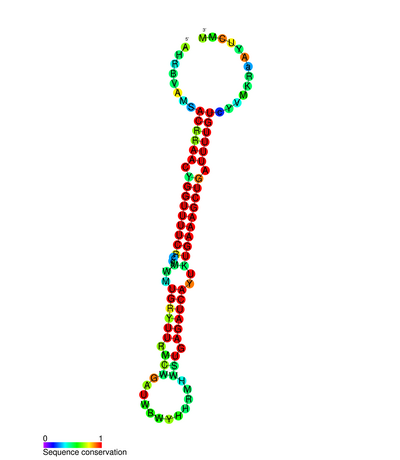The role of microRNAs in regulatory networks

MicroRNAs (miRNAs) are short, single stranded RNAs that act to down regulate the expression of their targets by transcript destabilisation and translational inhibition. What roles to these molecules play in the information processing systems of the cell? How might these roles differ from that provided by transcriptional inhibitors? We know that miRNAs are found enriched in different topologies of network motifs than transcription factors. What might explain this?
Mathematical modelling suggests that miRNAs might threshold the expression of their target genes, only allowing protein production once transcription exceeds a particular rate. However, thus far experimental tests of this model are lacking in realistic in vivo settings. We are studying evidence that might speak to the applicability of this model in real biology, and studying the consequences of this behaviour on regulatory networks and the identification of miRNA targets.
Image: Bantam miRNA. Ppgardne at en.wikipedia, CC BY-SA 3.0 <https://creativecommons.org/licenses/by-sa/3.0>, via Wikimedia Commons